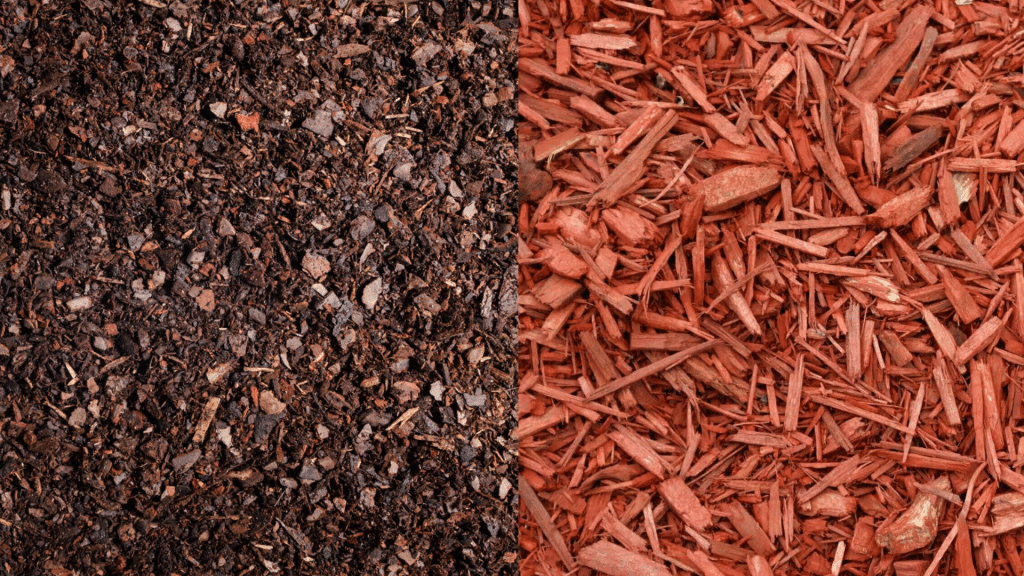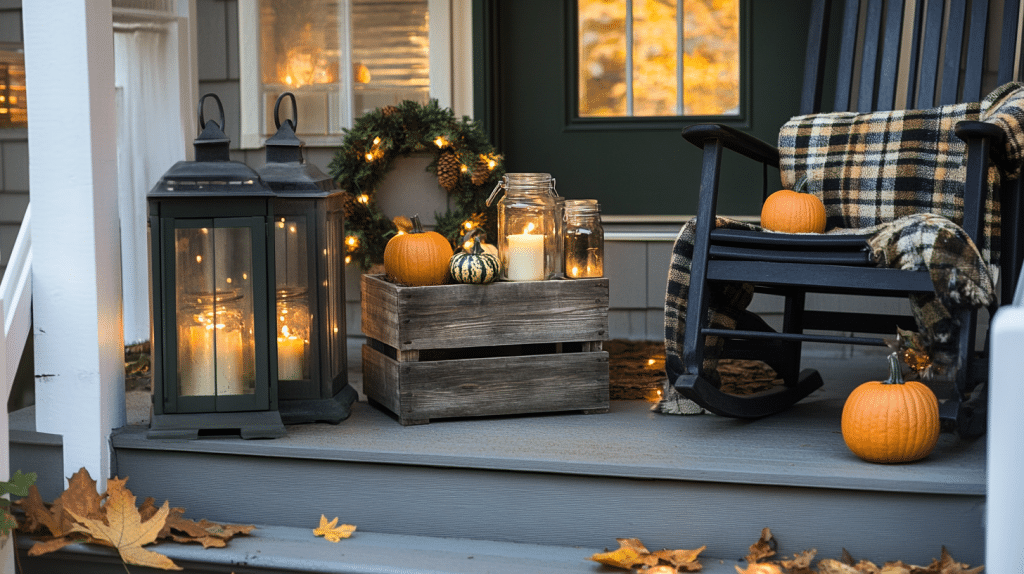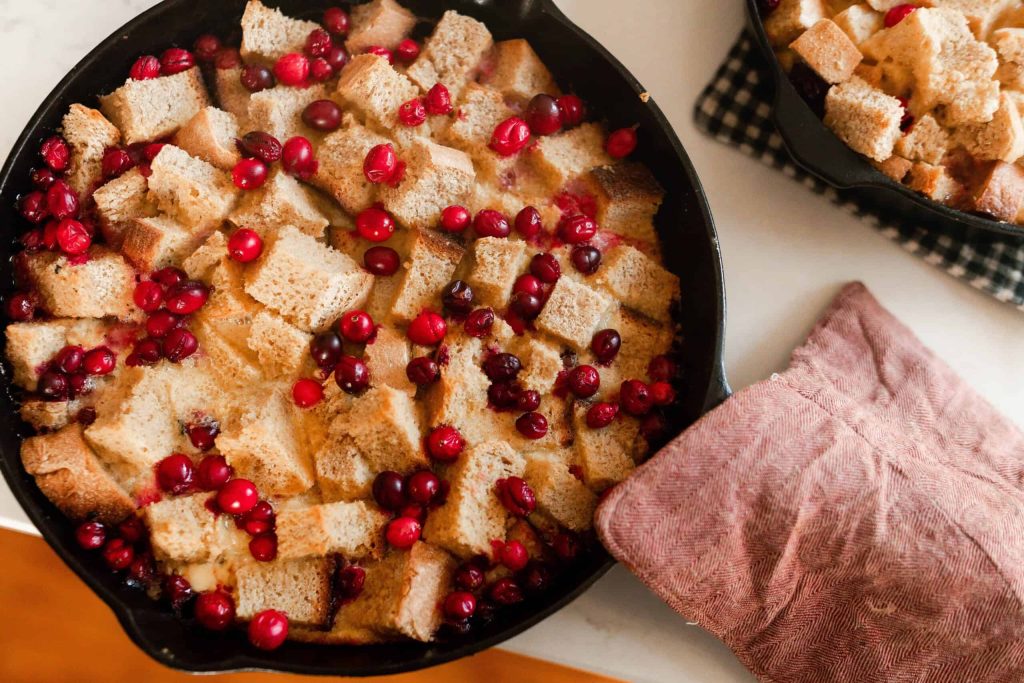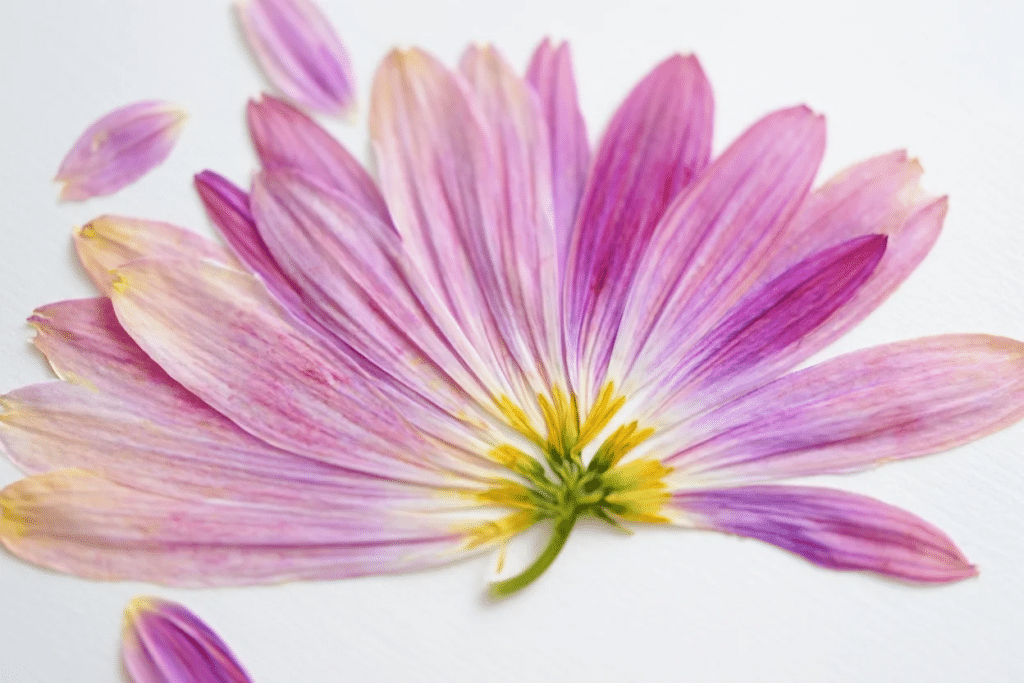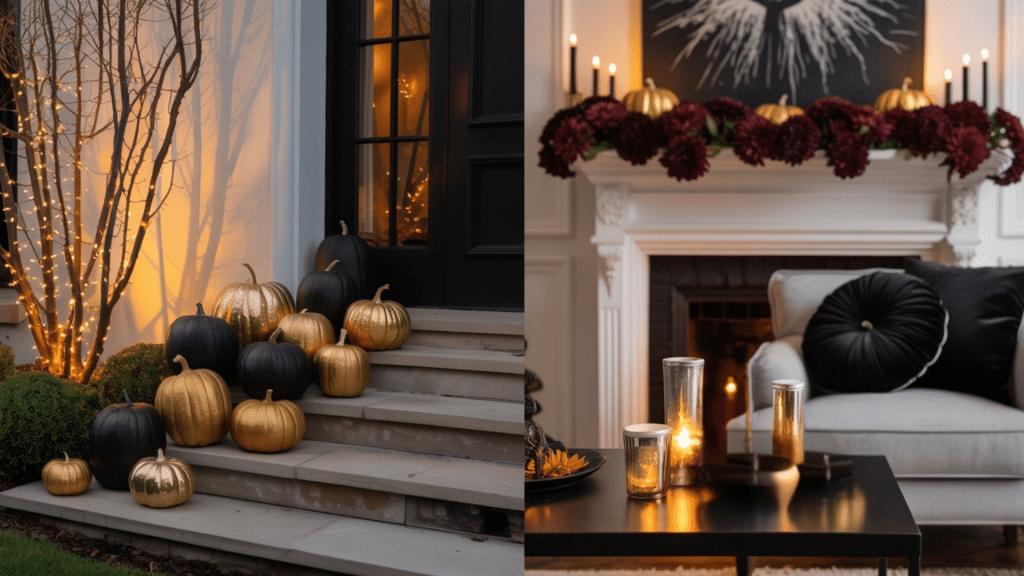I know how confusing it can be when you’re standing at the garden center, staring at bags of different mulch types. Cedar or pine? Both promise great results, but which one actually works best for your garden?
I’ve tested both options in my own yard, and I’m here to share what I learned.
This blog will help you understand the real differences between cedar and pine mulch, so you can make the right choice for your plants.
We’ll cover cost comparisons, how each affects your soil, and which plants thrive with each type.
Plus, I’ll break down the pros and cons of pine needle mulch and cedar mulch that most gardeners never hear about.
What Makes Mulch Essential?
Mulch isn’t just decoration for your garden beds. It’s one of the hardest-working tools in your gardening toolkit.
It keeps soil moist longer, so you water less. It blocks weeds from sprouting by cutting off sunlight.
Mulch regulates temperature, keeping roots cool in summer and protected in winter. As it breaks down, it feeds your soil with nutrients.
Finally, mulch makes everything look clean and finished.
What is Pine Mulch?
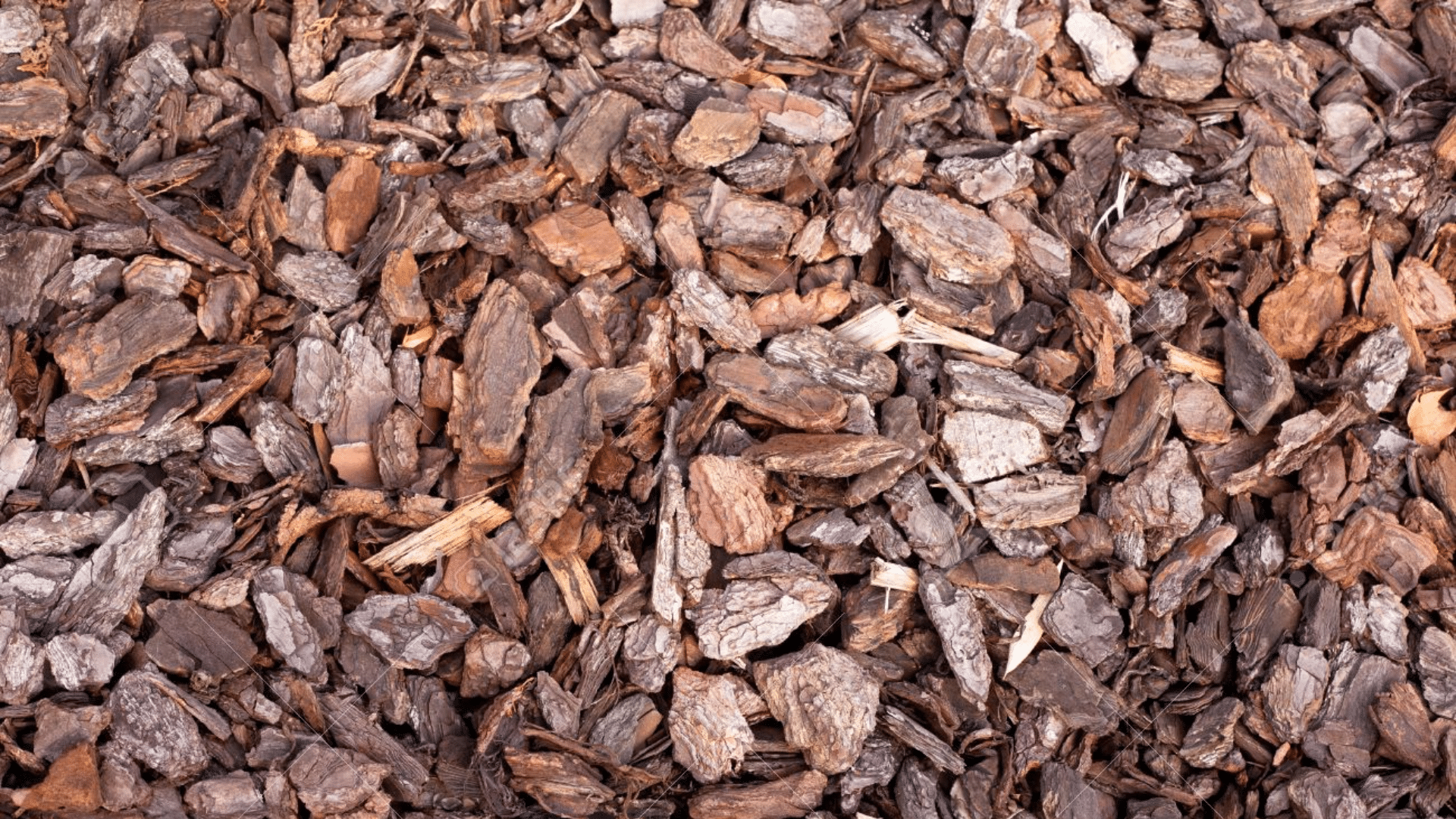
Pine mulch comes in three main types. There’s pine bark from the tree’s outer layers, pine needles (or pine straw), and pine wood chips.
Let me share the pros and cons of pine needle mulch I’ve found through years of gardening.
Pros:
Pine needles are incredibly lightweight. I can spread them around my plants without breaking my back.
They also allow excellent airflow to plant roots, which prevents the soggy soil problem you get with heavier mulches.
Here’s something cool – they decompose slowly and add a bit of acidity to your soil. My blueberries and azaleas absolutely love this. The natural reddish-brown color looks fantastic, too.
Cons:
Pine needles are highly flammable. This is serious stuff, especially if you live in fire-prone areas. They can also blow away during windy storms, leaving bare spots in your garden beds.
There’s one tricky thing about decomposition. While pine needles break down, they can temporarily tie up nitrogen in your soil. Your plants might need extra fertilizer during this process.
What is Cedar Mulch?
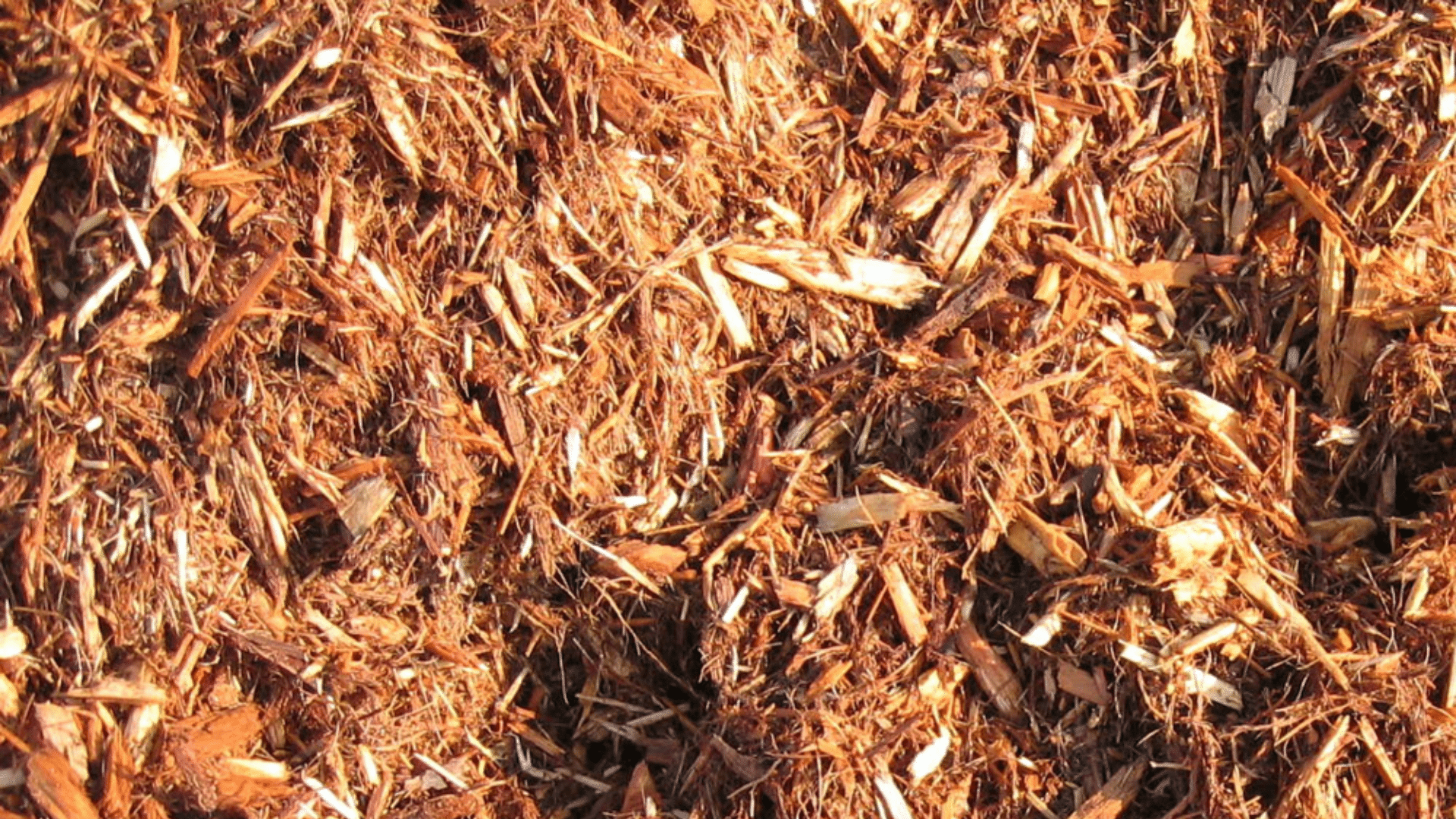
Cedar mulch comes in two main forms – shredded bark and chips. Both come from cedar trees and share the same basic properties.
Pros:
Cedar has natural oils that bugs hate. I’ve noticed fewer ants and termites in beds where I use cedar mulch.
It also lasts forever compared to other mulches. One application can go two years easily.
The smell is amazing too. That fresh, woody scent makes working in the garden more enjoyable. Cedar looks great in ornamental beds around shrubs and flowers.
Cons:
Here’s the tough part – cedar costs more money. Sometimes double what pine costs. It also breaks down super slowly. While that means less work for you, it doesn’t add much to your soil.
If you grow vegetables, cedar might not be your best friend. Veggie gardens need mulch that decomposes faster and feeds the soil. Cedar just sits there looking pretty.
A Detailed Comparison of Cedar Mulch vs Pine Mulch
Now let’s put these two mulches head-to-head. I’ve used both in my garden, and the differences are pretty clear once you know what to look for.
Here’s how they stack up in the areas that matter most to gardeners.
| Factor | Pine Mulch | Cedar Mulch |
|---|---|---|
| Appearance | Natural woodland look | Rich, decorative tone |
| Longevity | Decomposes faster | Lasts longer |
| Soil Health | Adds acidity | Neutral, slower impact |
| Moisture & Airflow | Good airflow with needles | Good moisture retention |
| Pest Resistance | No natural resistance | Repels insects |
| Cost & Availability | Cheaper, widely available | Pricier, less common |
Which Works Best for Your Garden?
When I think about mulch for my garden, it really comes down to what I’m trying to achieve.
I like using pine mulch around acid-loving plants like azaleas and blueberries because it naturally supports their growth.
It also gives my yard a woodland feel and works great on pathways; plus, it’s easy on the budget.
For more decorative spaces, I turn to cedar mulch. I love how its rich color makes my perennial beds pop, and the natural insect-repelling qualities give me peace of mind.
That said, I’ve learned to be careful when placing mulch near the house. Both cedar and pine can pose fire risks if used too close to structures, so I make sure to spread them with proper spacing and depth.
Conclusion
After testing both mulches in my own garden, I’ve learned there’s no single winner. Your choice depends on what your plants need and your budget.
The pros and cons of pine needle mulch we discussed will help you decide if pine needles fit your specific garden needs.
Start with one type in a small area. See how your plants respond. Then expand from there. Your garden will help you make the right choice.


